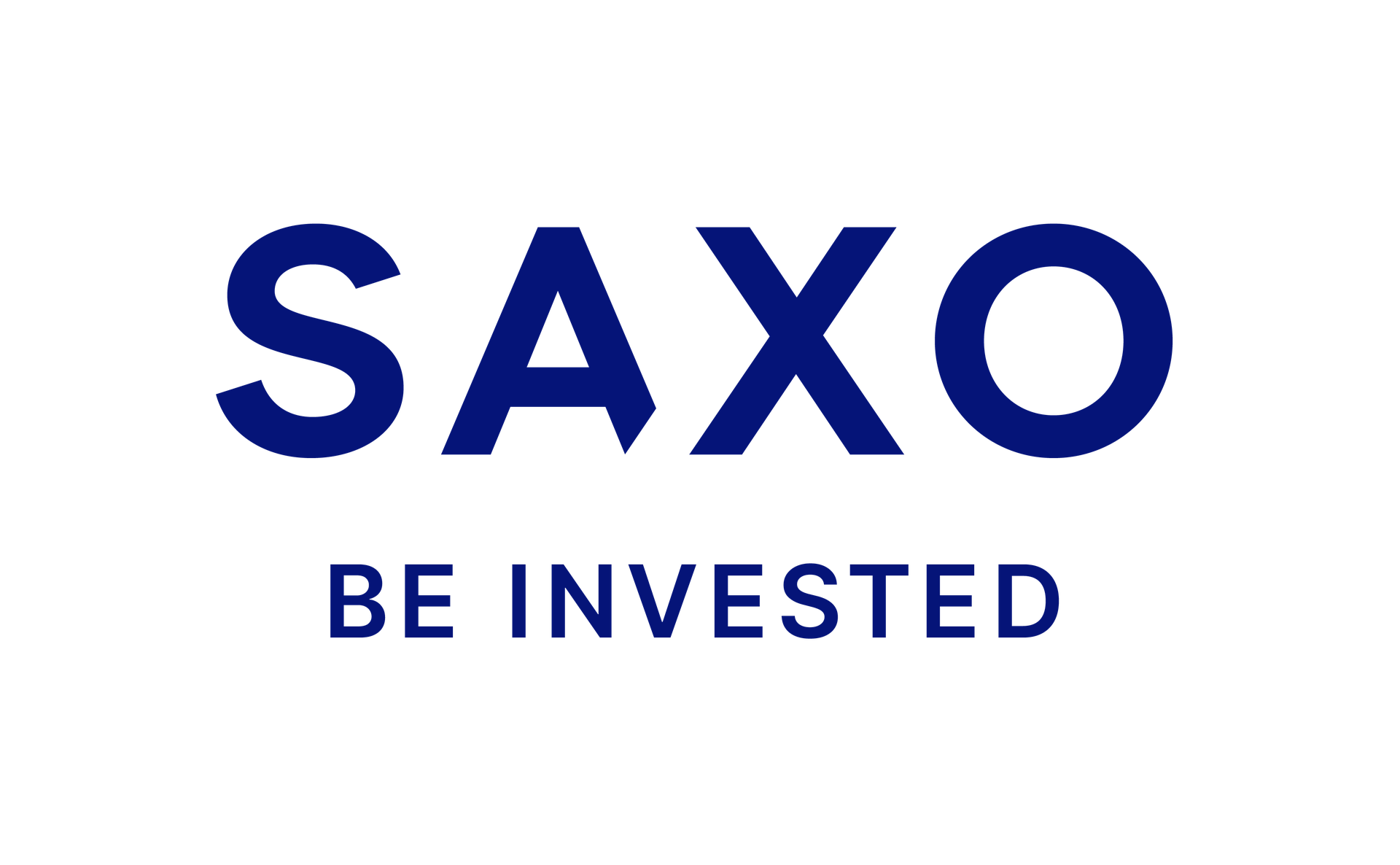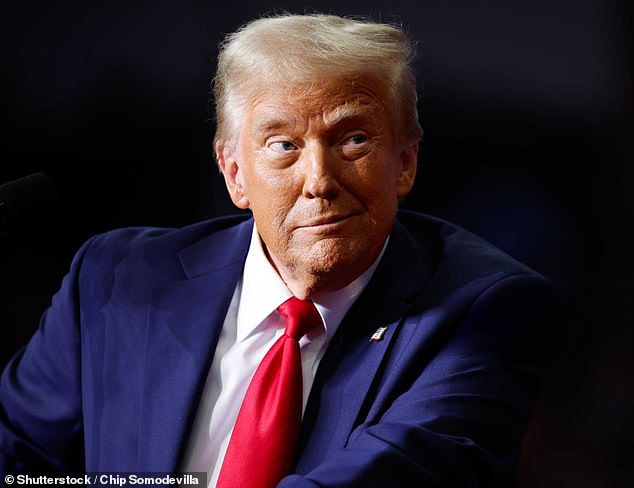There is chaos in global politics, but a curious calm on global markets. The relationship between the US and the rest of the world has been transformed by the U-turn in American policy on Ukraine, by the threat of a trade war with just about all of its trading partners, and by the prospect, if you believe it, of the US cutting its enormous budget deficit.
It’s astounding. You’d think the markets would be astounded too. You’d imagine they would celebrate the probability of a ceasefire in Ukraine, whatever the terms.
Against this, you’d expect them to be concerned at the prospect of higher borrowing by European countries (including the UK) as they rearm in the face of the threat from Russia.
The bond markets ought to be reflecting all this talk of the US cutting its deficit. The foreign exchanges should surely have moved given the known aim of Donald Trump to make the US more competitive by devaluing the dollar. The trade war should surely have shown up in exporters’ share prices – and so on.
But nothing much has happened. US equities have been broadly positive, but not really exciting. US treasury yields have barely moved. The dollar is off a bit but pretty much where it was before the presidential election.
Equities here have been quietly positive, and surprisingly, even more so in Germany. The oil price is steady at $70 to $80 a barrel.

A man with a plan: The foreign exchanges should surely have moved given the known aim of Donald Trump to make the US more competitive by devaluing the dollar
Normal fluctuations aside, the only big movement has been in the gold price, shooting to $2,950 an ounce on Thursday, having been below $2,600 just before Christmas. You buy gold if you are frightened, but that’s the only real sign investors are scared.
The best explanation is that this is one of those ‘wait and see’ moments. US financial policy is changing and that may turn out to be as big a shock as the shifts in political and foreign policy.
But no one can know what it will be. There are too many chunks of new information coming along, and the result is that people managing global wealth will wait until there are clearer indications of what will change and what will not. They are like rabbits caught in the headlights fearful they will jump in the wrong direction.
So what should investors do to avoid being mown down? I suggest we should be clear about what we know, and be honest about what we can’t or don’t.
We know that US equities are towards the end of a mature bull market, and like all bull markets this will end.
We know too that values are extended, not quite to the level ahead of the 2000 dotcom bubble, but getting close.
What we don’t know is for how much longer the bull phase will run. It could be weeks; it could be a year or more. That may sound unhelpful, but at least it’s frank.
Next, we know that the US fiscal deficit, now more than 6 per cent of national output, is unsustainable. We know this administration is profoundly worried about that. Elon Musk has highlighted that the US spends more on interest than on defence, and sees that as an indicator of national decline.
But we don’t know whether the spending cuts he and his battalions will achieve will be enough to shift the big numbers.
We also don’t know what would happen were foreigners to start selling US Treasury securities.
There is talk of some sort of debt restructuring to cut the interest bill, but again we can see nothing really about how this might be done. But whatever they do is unlikely to be good news for foreign holders of US debt.
We know a trade war will cause damage, not just to the US’s trading partners, but to American families through higher prices. The costs may turn out to be marginal, both at home and abroad.
That’s the instinct of the markets now. But if this administration starts to unravel the whole post-Second World War economic system, which has driven the huge increase in global prosperity for the past 80 years, this would be bad news indeed.
This calm won’t last. I fear there will be a Trump crash, and investors should prepare by spreading their risks. When? Gosh, sorry not to be more precise, but somewhere between six months and two years.
DIY INVESTING PLATFORMS

AJ Bell

AJ Bell
Easy investing and ready-made portfolios

Hargreaves Lansdown

Hargreaves Lansdown
Free fund dealing and investment ideas

interactive investor

interactive investor
Flat-fee investing from £4.99 per month

Saxo

Saxo
Get £200 back in trading fees
Trading 212
Trading 212
Free dealing and no account fee
Affiliate links: If you take out a product This is Money may earn a commission. These deals are chosen by our editorial team, as we think they are worth highlighting. This does not affect our editorial independence.
This article was originally published by a www.dailymail.co.uk . Read the Original article here. .

